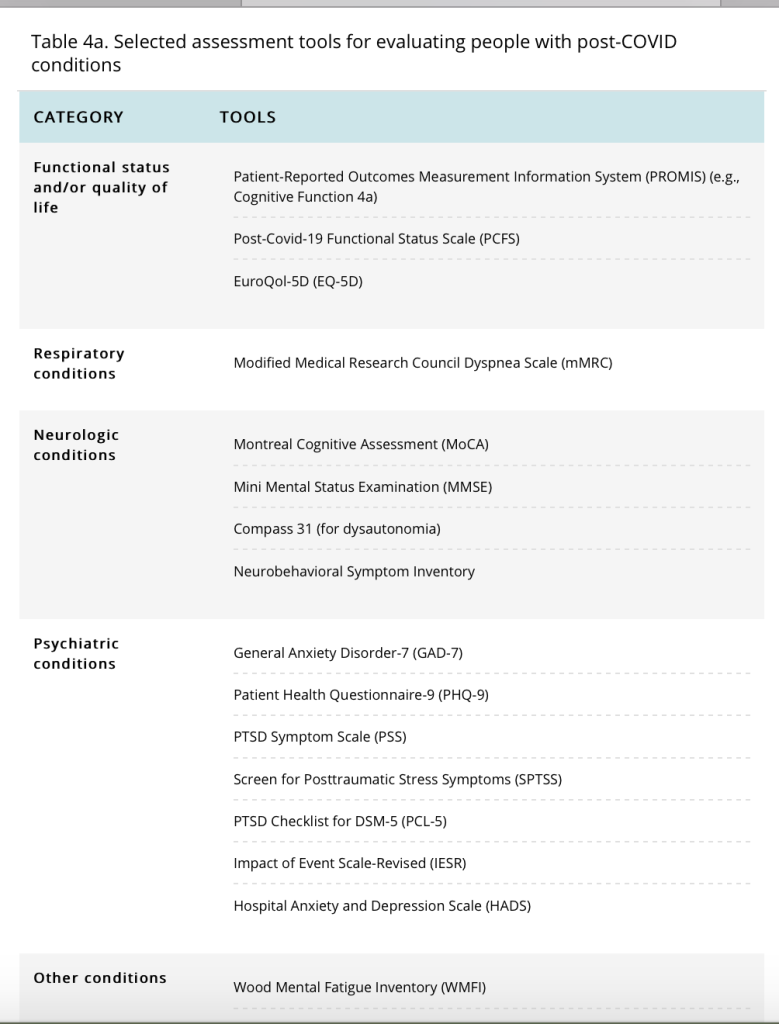In late December 2019, our world witnessed the first cluster of cases of COVID-19 which is still creating a massive havoc for the entire human population of the world. We have been skeptical since then because the first few cases of Wuhan,China engulfed the entire world in no time.
Now, the first few cases causing acute hepatitis have been notified to WHO on April 5 2022. Acute hepatitis– a medical terminology to describe the period of inflammation( local response to cellular injury marked by swelling, redness,heat,pain and loss of function) in the liver lasting less than six months of duration.
10 cases were reported from Central Scotland- the cause for severe acute hepatitis is unknown till date.
What do we know as of today?
74 cases had been reported in the UK till April 8,2022 with similar symptoms. All the cases are reported among children less than 16 years of age.
Hepatitis viruses(A,B,C,D,E) were excluded in the laboratory.However,viruses causing COVID-19 i.e. SARS-CoV-2 and/ or Adenovirus have been found in many cases.
Less than 5 cases from Ireland and 3 cases from Spain are on the investigation with similar symptoms.
So, what is the working case definition?
A confirmed case is a person presenting with an acute hepatitis (non-hepatitis Virus A,B,C,D,E) with AST or ALT over 500 U/L who is 10 years and under, since 1 Jan, 2022.
AST and ALT are enzymes found mostly in liver which increases during liver injury( Normal value varies based on laboratory-ALT 7-55 U/L, AST 8-48 U/L).
Signs and Symptoms :
A child can present with any one or more of the following:
Discoloration of Urine (dark) and/or Stool(pale)
Jaundice (yellowish discoloration of skin, sclera etc)
Pruritis (Itching)
Arthralgia/Myalgia( joint pain/Muscle pain)
Pyrexia(fever)
Nausea,Vomiting or Abdominal Pain
Lethargy and/or loss of appetite
Diarrhea
How severe is it?
All the first 10 cases were detected during hospitalization. All of them were healthy, prior to illness.As of April 11,2022, no deaths had occurred amongst reported cases.However, six children required liver transplantation.
What next?
WHO is monitoring the situation with other member states and the UK along with partners for cases with similar profiles.
Many questions are left unanswered. With time,we hope to find the cause(etiology) of acute hepatitis of this unknown etiology because we are all exhausted to have another outbreak in any form.Hence, it is our duty to stick with the basics to contribute to the better health of everyone.
For more,click on the link below:
https://www.who.int/emergencies/disease-outbreak-news/item/acute-hepatitis-of-unknown- aetiology—the-united-kingdom-of-great-britain-and-northern-ireland https://www.gov.uk/government/publications/hepatitis-increase-in-acute-cases-of-unknown- aetiology-in-children/increase-in-acute-hepatitis-cases-of-unknown-aetiology-in-children





